Last Chance to Catch NYC's Holiday Notalgia Train
We met the voices of the NYC subway on our nostalgia ride this weekend!


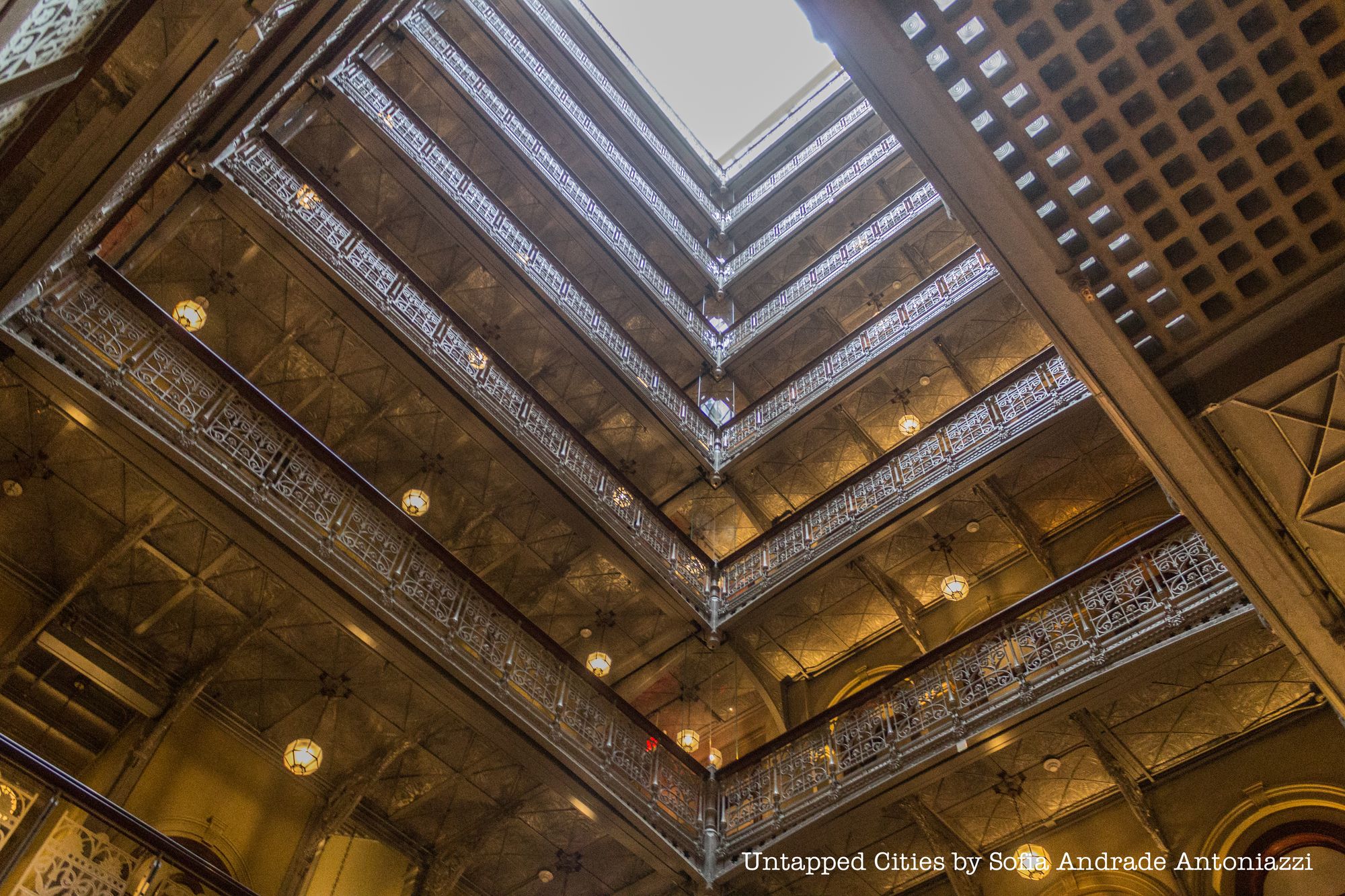
We’ve already covered the renovation plans that began a little while ago for 5 Beekman Street, the impressive Temple Court. The building, once an abandoned favorite for New York City’s explorers, is in the midst of restoration to become the Beekman Hotel. As this renovation takes place and with the hotel opening on February 1, 2016, we’ve compiled some of our favorite secrets of this address.
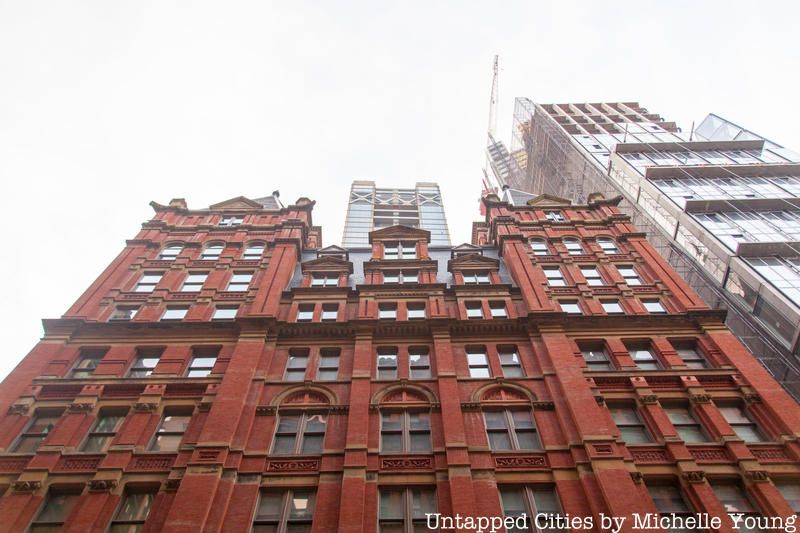
Before the building of the current structure that sits on 5 Beekman Street, it was the Chapel Street Theater. On November 26, 1761, Shakespeare’s Hamlet was first performed in New York City at this theater. This helped pave the way for the area to become known as “Theater Alley.”
According to The Memorial History of the City of New-York, David Douglass created the theater out of wood. It was also the site of the first “egging.” However, a group of people rioting against the Stamp Act destroyed this theater in 1766.
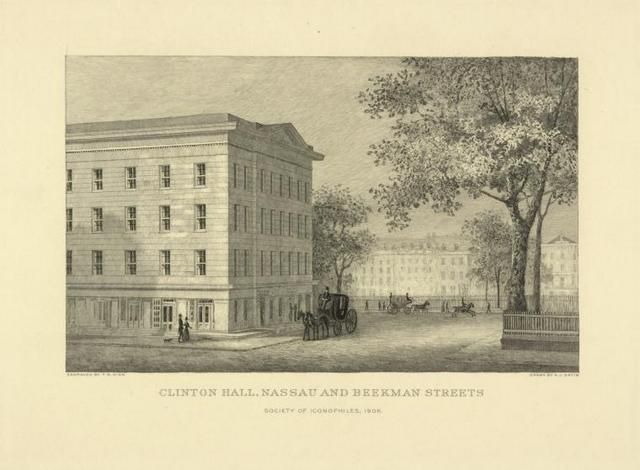
Clinton Hall, before it became Temple Court. Image via NYPL
By the 1830s, it was the site of the educational institution Clinton Hall (named after DeWitt Clinton). It housed the vast archives of the Mercantile Library Association’s literary compilations. A huge library, reading rooms and writing spaces filled the hall. Most significantly, Edgar Allen Poe worked away in these writing spaces and started publishing his own newspaper, the Broadway Journal, right out of Clinton Hall itself. In 1832, New York University had its first classes in Clinton Hall as well.
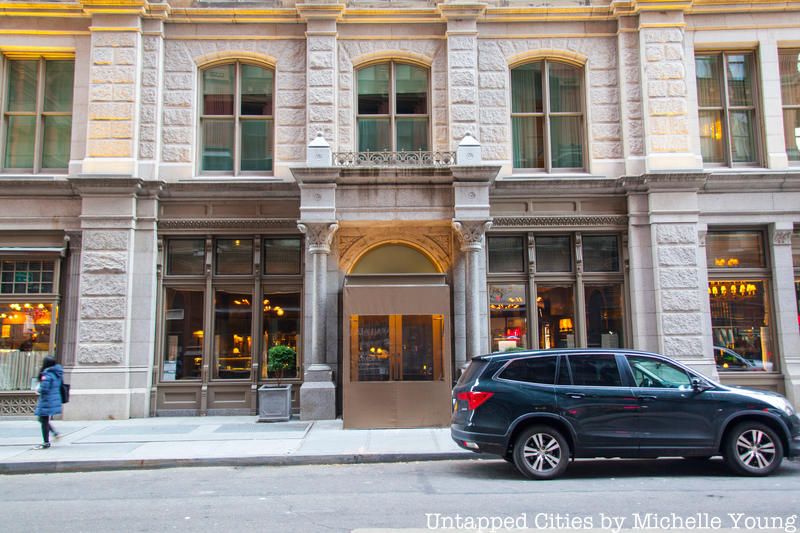
In 1881, Irish developer Eugene Kelly built the current standing structure as a place for offices. The Irish millionaire banker migrated to the United States in 1835, initially pursuing business opportunities in San Francisco and Savannah. He also helped build St. Patrick’s Cathedral, where he is buried at the Lady Chapel today. Benjamin Silliman, Jr. and James M. Farnsworth were the architects. By the time he died, he was worth $630 million, based on nineteenth century standards.
The Kelly Building became “Temple Court” soon after. Why? The new name came from London’s Temple legal district. The renovated building will be called the Beekman Residences, since developers felt people would confusedly associate religious connotations with “Temple Court.”
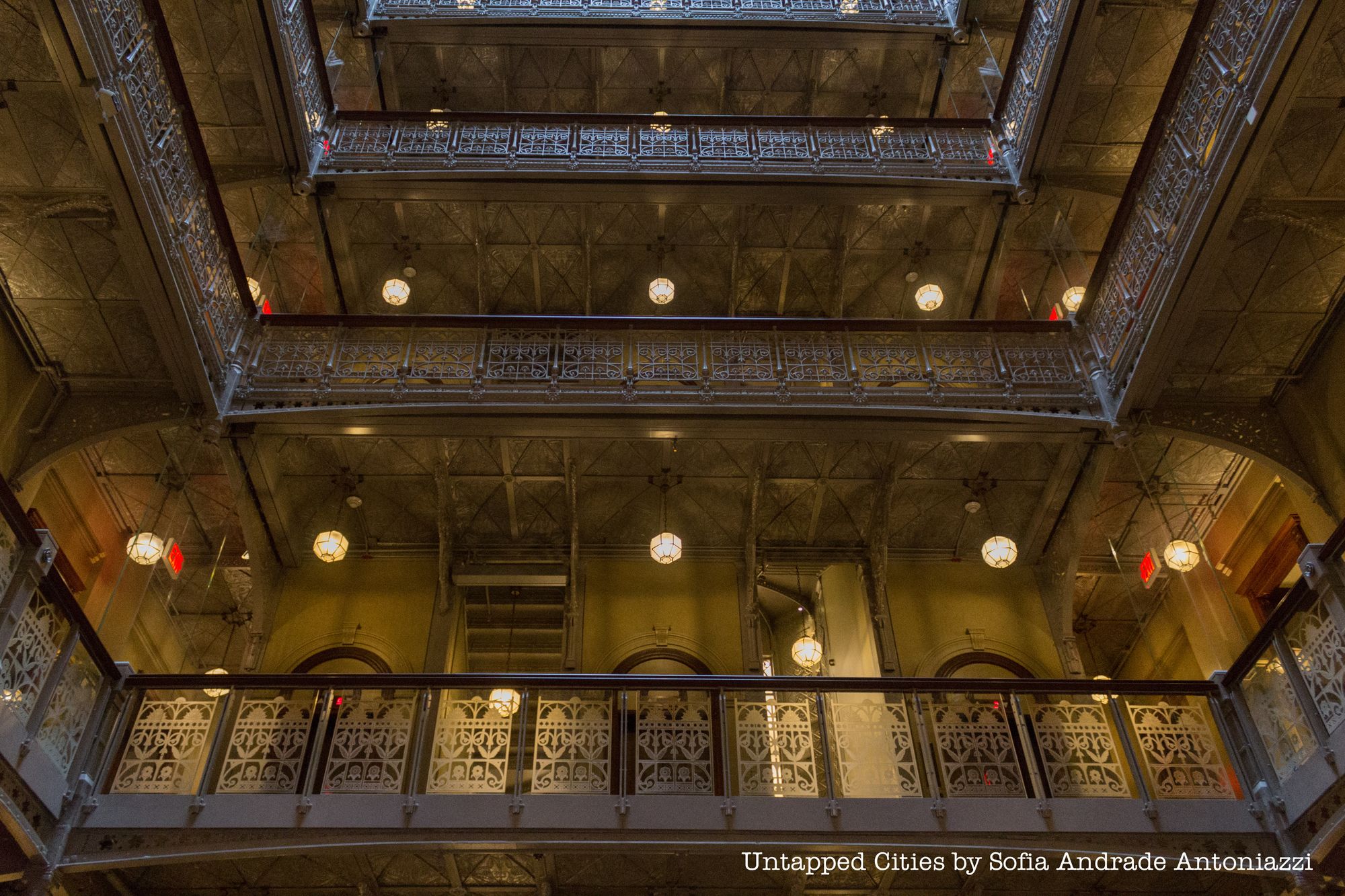
By the 1800s, Temple Court had 212 suites rented by a whole range of workers; lawyers, architects, insurance companies, detectives. Most were occupied by lawyers who used the nearby court buildings. Since 5 Beekman Street is near the court buildings, it made an ideal place for office space. Though office space doesn’t sound too extraordinary, at the time it was a new, developing concept. Since so many work spaces were specialized back then, the idea of having one location with many kinds of businesses in one setting only started emerging.

Temple Court is the earliest surviving, fireproof building, with iron floor beams and facade having a thickness of 32-52 inches and its terra cotta and brick material. It was built during a time when having fire protections in buildings became increasingly important as they became taller, and became only more important with the sinking of the Titanic. The fireproofing and extra safety precautions of the nearby Woolworth Building was a direct response to the tragic event.
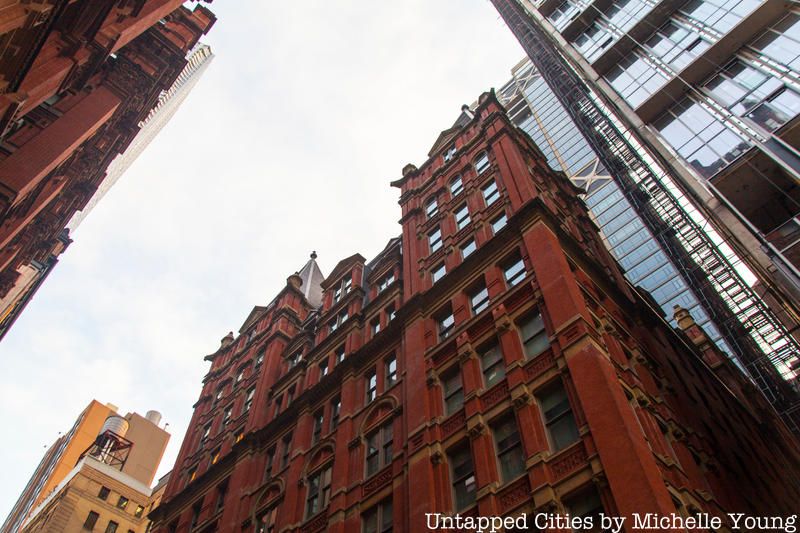
On the morning of April 2, 1893, a fire broke out in room 725 of the Annex (a fireproofed, 10-story attachment to the original building built in 1890). Fortunately, the two people in the building escaped, but the fire severely ruined the annex’s uppermost four floors. As shown in the above video, the basic structure remained intact, along with its fireproofing. Engineering News called the fire “the most serious fire which has ever occurred, so far as we recall, in a thoroughly fireproof office building.”
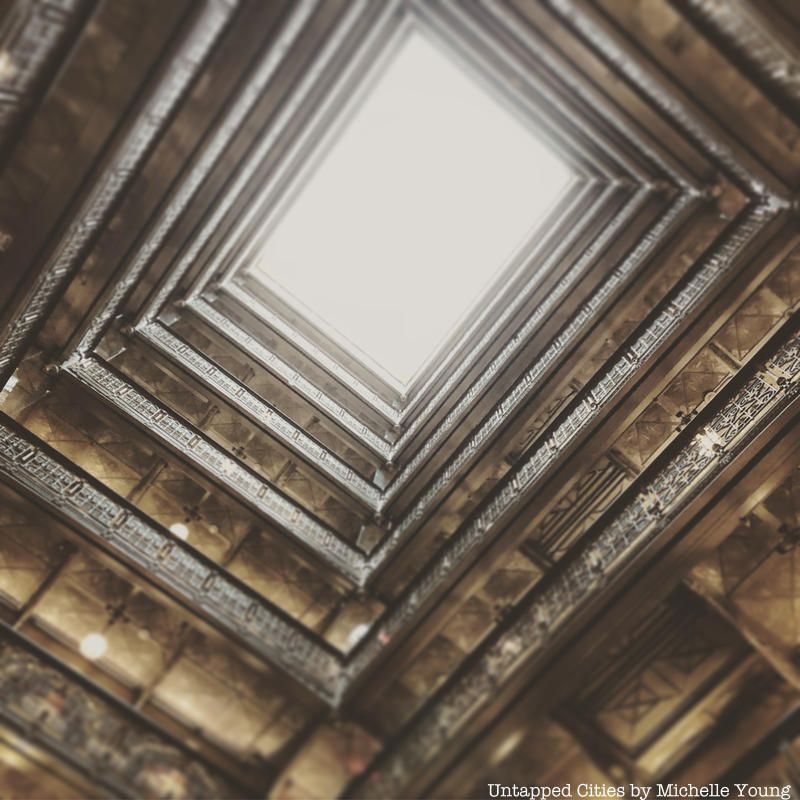
In 1940, its ornate atrium was sealed from top to bottom because it violated fire codes, and wasn’t reopened until 2005 to 2008. Thus, people who rented office space couldn’t even know of the atrium, its decorative railings or its vast pyramidal skylight unless they discovered the secret door revealing it. Around this time, many tenants started leaving the building. Fortunately, the atrium and its magnificence are now being restored.
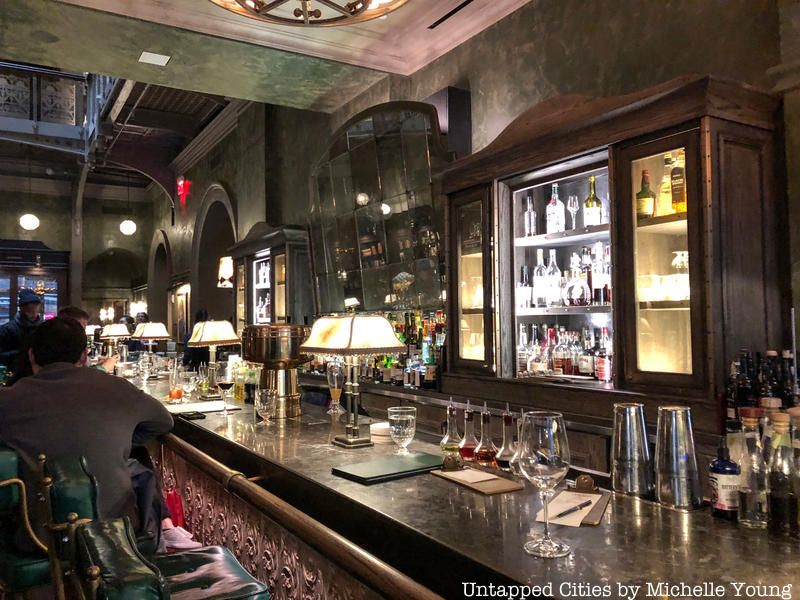
The atrium’s grandiose decor attracted many of New York City’s most innovative businesses into this new setting. One of its prominent features, which are being preserved, are the cast-iron dragons decorating the atrium’s railings and balustrades. The firm in charge of the renovation is re-doing the gold dragon brackets holding up the building’s old floors. You can see more about the renovation in this video.
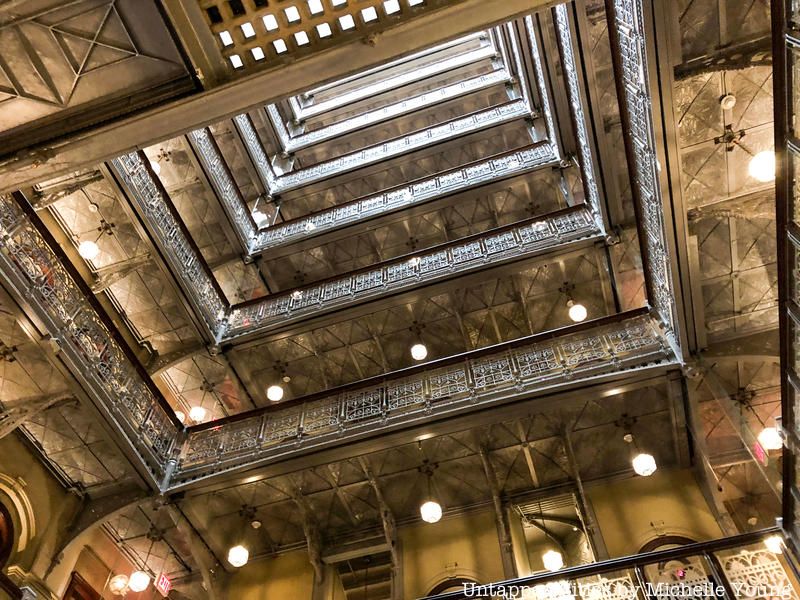
5 Beekman Street’s main building is 9 stories high while its annex is 10 stories, making it the first high-rise building in New York City. During its construction, after the Panic of 1873, builders wanted to make higher buildings throughout New York City. Thus, from 1870 to 1890, the number of 9-and 10-story structures increased in the area between Bowling Green and City Hall, and in 1890 the New York World Building became the tallest in the world at 20 floors.
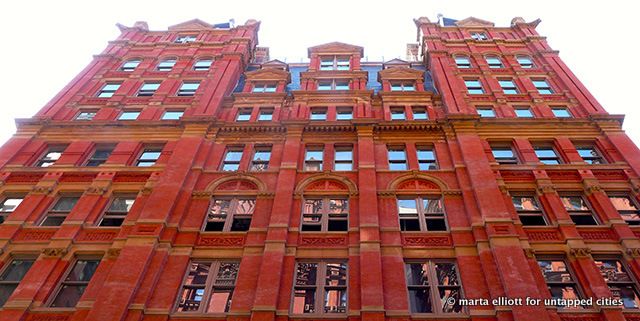
Thus, despite its brief period of deterioration and emptiness, its grandeur and others’ appreciation for it still remains. Perhaps this can best be described by Kanye West’s stunned “Where the hell are we?” during his 3 am show up at the atrium’s Gatsby-styled H&M launch party.
The supermodel Imam once carried out a photoshoot for Harper’s Bazaar in the atrium (and almost brought in an ostrich for it). Episodes of Law and Order, Rubicon, and Person of Interest were also filmed here.
Next, see a Video Inside the Renovation of 5 Beekman Street, the World’s Tallest Buildings Historically in NYC, and The Top 10 Tallest Buildings in NYC, Existing and Planned. Get in touch with the author @sgeier97
Subscribe to our newsletter